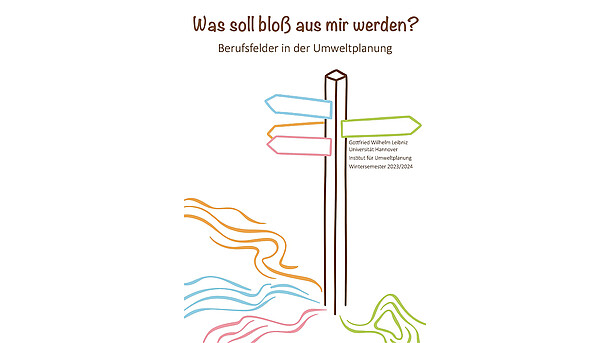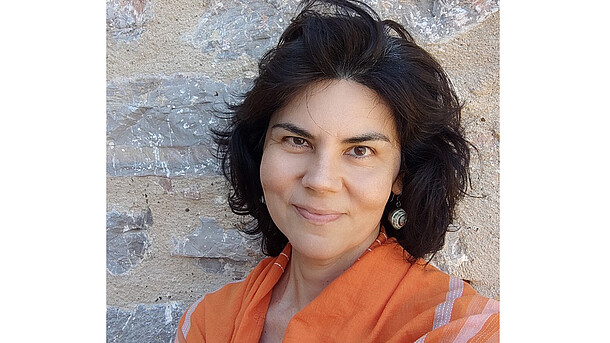![[Translate to English:] Foto: Blick in das Labor.](https://www.umwelt.uni-hannover.de/fileadmin/_processed_/f/1/csm_Labor_2_16-9_72826d16c1.jpg)
![[Translate to English:] Foto: Blick in das Labor.](https://www.umwelt.uni-hannover.de/fileadmin/_processed_/f/1/csm_Labor_2_16-9_e77280acee.jpg)
![[Translate to English:] Foto: Blick in das Labor.](https://www.umwelt.uni-hannover.de/fileadmin/umwelt/Institut/Einrichtungen/Labor/Labor_2_16-9.jpg)
At the Institute for Environmental Planning, several laboratories are available for research and teaching. Here, mainly soil, water, plant and animal ecology studies are carried out.
For qualitative and quantitative sampling in the field, various soil and water sampling devices can be used, ranging from "pürckhauer" (geological drill), root drill and stabbing cylinder to water sampler for different water depths and measuring devices for environmental investigation.
For the determination of plants or plant components as well as lichens and animals, stereo magnifiers, microscopes, chemicals required for the determination, binoculars and spotting scopes are available. For better documentation, the species determined with magnifying glasses or microscopes can be stored via digital camera attachments or presented via beamer.
The focus of analysis, both with mobile analytical equipment in the field and in the laboratories, is on recording soil, air and water physical parameters and selected inorganic nutrients and pollutants. Thus, the levels of water-eutrophying ammonium, nitrate and phosphorus can be determined as well as the loads of chlorine and other ions. The content of organic matter provides information on carbon storage and the recording of photosynthetically active radiation characterises the light availability of plants. The fractionation of the soil types gravel, coarse sand, medium sand, fine sand, silt and clay enables an assessment of soil physical conditions or of watercourse beds.
Mobile measuring equipment can be used to collect meteorological data in the field. Levelling devices for recording cross-sections are available, as are laser-based distance meters. Various GPS systems (from simple handheld devices to rovers with their own reference stations for real-time measurements in the cm range) can be used to carry out GIS-supported mapping or inventory monitoring in the field.
Georeferenced and high-resolution aerial photographs, e.g. of sample areas, can be taken with a microdrone.
For animal ecology studies, various systems of ultrasound detectors are also available for recording bat or grasshopper activity. Infrared photo traps can be used to document the nocturnal activities of wild animals. Movement counters are used, for example, to count visitors in protected areas.
For population biology studies on plants, calipers, sieves with different mesh sizes for seed collection and fractionation, precision scales and drying cabinets are provided, e.g. for dry matter determinations. The available climatic cabinets (incubators) can be used to conduct studies on germination ecology and plant growth under controlled temperature and light conditions (temperature range from -10 °C to +60 °C). Different materials such as marker flags, labelling tapes and various types of labels are used for individual marking of plants in experimental studies.
It is possible to conduct population biology studies in a greenhouse under controllable temperature conditions.
The field ecology sampling and examination equipment is available to students in consultation with the supervising teachers and the laboratory supervisor at the Institute of Environmental Planning for project, Bachelor's, Master's and doctoral theses. The same applies to the examination and analysis procedures in the laboratories, whereby intensive instruction is given on working with the equipment and interpreting the data obtained. The latter is combined with a detailed safety briefing, without which no work may be carried out in the laboratories or with some equipment and chemicals on the premises.
A total of twelve laboratory workstations are available, which also allow work in groups. Access to the equipment and laboratories is arranged individually. Time restrictions exist only in the case of parallel use of individual analysis and sampling devices or laboratory workstations by two or more users or user groups.

![[Translate to English:] Foto: Raumnummer der Analytik C120.](https://www.umwelt.uni-hannover.de/fileadmin/_processed_/f/7/csm_IUP-Labor-1_4f2fb2bb7b.jpg)
![[Translate to English:] Foto: Raumnummer der Analytik C120.](https://www.umwelt.uni-hannover.de/fileadmin/_processed_/f/7/csm_IUP-Labor-1_73f3eeece4.jpg)
![[Translate to English:] Foto: Raumnummer der Analytik C120.](https://www.umwelt.uni-hannover.de/fileadmin/_processed_/f/7/csm_IUP-Labor-1_e932ba1a29.jpg)
![[Translate to English:] Foto: Probenaufbereitung im Raum C219.](https://www.umwelt.uni-hannover.de/fileadmin/_processed_/0/a/csm_IUP-Labor-2_be6836c143.jpg)
![[Translate to English:] Foto: Probenaufbereitung im Raum C219.](https://www.umwelt.uni-hannover.de/fileadmin/_processed_/0/a/csm_IUP-Labor-2_8af0e87471.jpg)
![[Translate to English:] Foto: Probenaufbereitung im Raum C219.](https://www.umwelt.uni-hannover.de/fileadmin/_processed_/0/a/csm_IUP-Labor-2_ab31357f0d.jpg)




